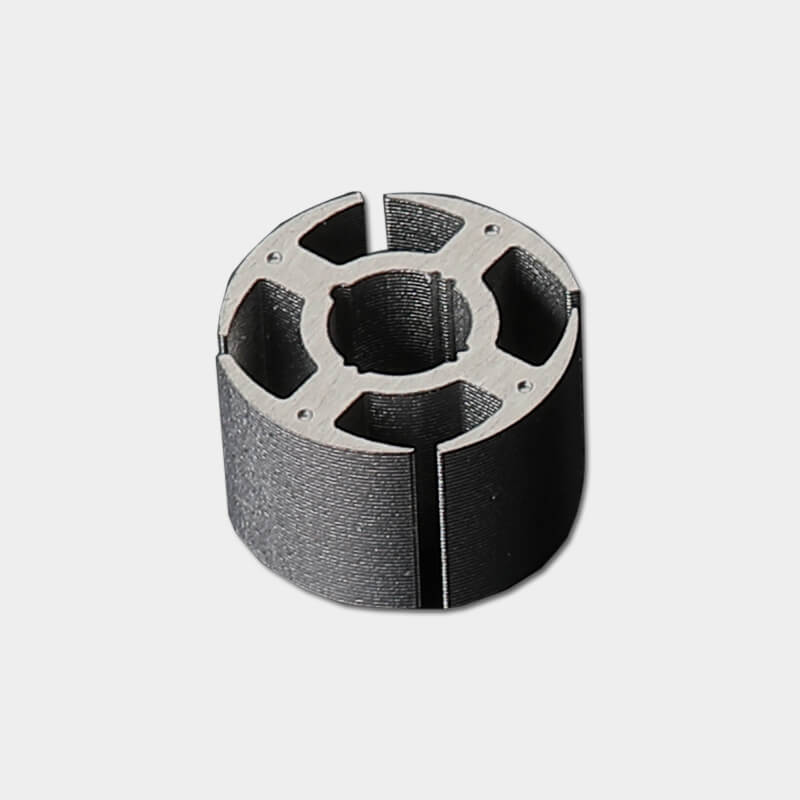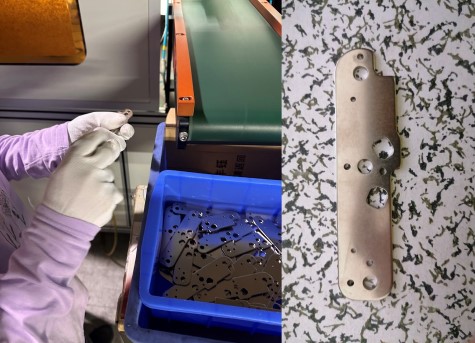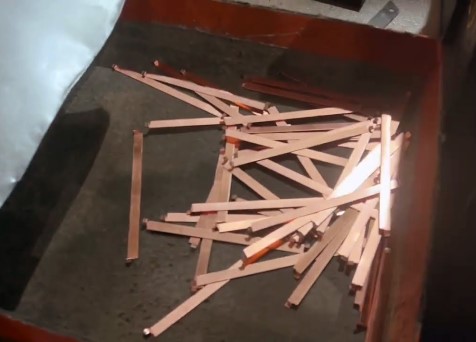

Metal stamping plays a crucial role in the manufacturing industry, providing an efficient and cost-effective method for producing complex components. In this article, we will explore the process of metal stamping specifically in the context of the tie rod bracket gasket of a pressure stabilizing device in a cassette furnace. We will delve into the importance of this component, the materials used, the metal stamping process, quality control measures, and the advantages of metal stamping in manufacturing tie rod bracket gaskets.
The Importance of Tie Rod Bracket Gasket in Pressure Stabilizing Devices
The tie rod bracket gasket plays a vital role in maintaining the structural integrity of the pressure-stabilizing device within a cassette furnace. It helps to distribute the load evenly across the tie rods and prevent any leakage or loss of pressure. By ensuring a tight seal between the pressure stabilizing device and the cassette furnace, it helps to optimize the performance and efficiency of the furnace.
Overview of Cassette Furnace and Its Components
A cassette furnace is a specialized heating device used in cooking. It consists of several components, including the pressure stabilizing device, which is responsible for regulating and maintaining the desired pressure levels within the furnace. The regulator is the core of a cassette furnace, which is mainly responsible for the stable supply and regulation of gas and can quickly cut off the gas passage when the gas pressure is too high. The tie rod bracket gasket acts as a crucial element in this setup.
Gasket of Regulator
The gasket plays a crucial role in the operation of the regulator of a gas system. Its importance can be summarized as follows:
- Pressure Regulation: The gasket acts as a flexible barrier that separates the high-pressure gas from the low-pressure side of the regulator. When the gas enters the decompression chamber, the pressure difference causes the gasket to move. This movement controls the flow of gas and regulates the outlet pressure to a desired level. By adjusting the position of the gasket, the regulator can maintain a consistent and safe pressure for the appliance.
- Gas Flow Control: The gasket, connected to the tie rod, controls the movement of the inlet valve port. When the pressure in the decompression chamber increases, the gasket moves up, blocking the inlet valve port and stopping the gas flow. Conversely, when the pressure decreases, the gasket moves down, opening the inlet valve port and allowing gas to enter. This control mechanism ensures that gas flows only when needed, preventing leaks and wastage.
- Load Compensation: The gasket assembly is designed to respond to changes in pressure at the outlet port, known as load variations. If the pressure at the outlet decreases due to increased demand or decreased supply, the gasket moves downward, increasing the opening of the inlet valve port. This compensates for the pressure drop and maintains the outlet pressure at the desired level. Similarly, if the outlet pressure increases, the gasket moves upward, reducing the opening of the inlet valve port and restoring the pressure to the desired value. This load compensation mechanism ensures the stable operation of the regulator under varying conditions.
- Safety and Shut-Off: The gasket serves as a safety feature in the regulator. When the appliance switch is not turned on, the gasket moves upward, blocking the inlet valve port and preventing gas from entering the regulator. This ensures that gas is not released unintentionally and reduces the risk of accidents. The gasket also helps to shut off the gas flow when the appliance switch is turned off, stopping the supply of gas to the burner.
The Role of Metal Stamping in Manufacturing Tie Rod Bracket Gaskets
Metal stamping offers significant advantages in the production of tie rod bracket gaskets. The process allows for precise shaping and forming of the gasket, ensuring a perfect fit and functionality. Metal stamping also enables high-volume production, making it suitable for large-scale manufacturing requirements.
Materials Used in Metal Stamping for Tie Rod Bracket Gaskets
Various materials can be used in metal stamping for tie rod bracket gaskets, depending on the specific requirements of the application. Common materials include stainless steel, carbon steel, aluminum, and copper alloys. The material choice depends on factors such as strength, corrosion resistance, and temperature resistance.
The Metal Stamping Process for Tie Rod Bracket Gaskets
The metal stamping process for tie rod bracket gaskets involves several steps. It starts with the design and creation of the stamping die, which is customized to produce the desired gasket shape. The metal sheet is then fed into the press machine, where it undergoes cutting, bending, and forming operations. Quality control checks are conducted throughout the process to ensure dimensional accuracy and adherence to specifications.
Quality Control Measures in Metal Stamping
To maintain high-quality standards, various quality control measures are implemented during the metal stamping process. These include regular inspection of the stamping dies, dimensional checks of the produced gaskets, material testing, and visual inspections. By implementing stringent quality control measures, manufacturers can deliver reliable and consistent tie rod bracket gaskets.
Advantages of Metal Stamping in Manufacturing Tie Rod Bracket Gaskets
Metal stamping offers several advantages in the manufacturing of tie rod bracket gaskets. Firstly, it allows for high production rates, enabling manufacturers to meet large-scale demands. Secondly, metal stamping ensures dimensional accuracy and consistency, resulting in precise and reliable gaskets. Additionally, the process allows for the use of a wide range of materials, providing flexibility in material selection based on specific requirements.
Conclusion
Metal stamping plays a critical role in the production of tie rod bracket gaskets for pressure-stabilizing devices in cassette furnaces. It enables the creation of precise, reliable, and cost-effective components that contribute to the furnace's performance and efficiency. Manufacturers can leverage the advantages of metal stamping while addressing the challenges to meet the growing demands of the home industry.
FAQs
-
What is the purpose of a tie rod bracket gasket in a pressure stabilizing device?
The tie rod bracket gasket helps maintain the structural integrity of the pressure-stabilizing device, ensuring a tight seal and preventing leakage or loss of pressure.
-
What materials are commonly used in metal stamping for tie rod bracket gaskets?
Common materials used in metal stamping for tie rod bracket gaskets include stainless steel, carbon steel, aluminum, and copper alloys.
-
How does metal stamping contribute to the efficiency of cassette furnace components?
Metal stamping ensures precise shaping and forming of tie rod bracket gaskets, resulting in a perfect fit and optimal performance of pressure stabilizing devices in cassette furnaces.

Metal stamping is essential for motor core manufacturing , providing precise shaping, high-volume production, and quality control measures.

Metal stamping is crucial for producing stable, precisely positioned brackets in car audio systems. It offers cost-effective, high-quality manufacturing and adapts to advancements, including new materials, automation, and sustainability. Contact us for your precision metal stamping needs.

Learn what is copper components continuous metal stamping manufacturing, and discover its benefits, including high efficiency, cost-effectiveness, and high precision.
